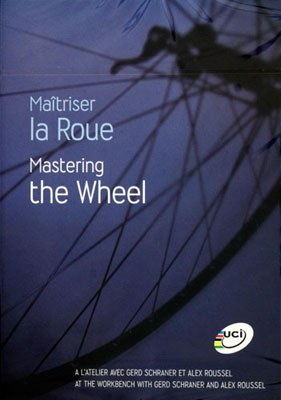The Essential Guide to Hooking Techniques: How to Perfectly Present Your Bait
Fishing, an age-old pastime, has captivated anglers for centuries. The thrill of the chase, the tranquility of the water, and the satisfaction of catching a fish make it a cherished activity. One of the most fundamental aspects of fishing is mastering the art of hooking. Whether you're a beginner or a seasoned angler, understanding how to properly present your bait is crucial to your success on the water. In this article, we'll delve into the intricacies of hooking techniques, focusing on how to effectively "hook" your fish.
Understanding the Hook
Before we dive into the mechanics of hooking, it's important to understand the various types of hooks available. Hooks come in different shapes, sizes, and styles, each designed for specific fishing scenarios. The most common types include:

- Jig Hooks: Ideal for bottom fishing, these hooks have a wide gap and are used with jigs or soft plastics.
- Circle Hooks: Known for their reduced catch-and-release mortality rate, these hooks are great for catching and releasing fish.
- Treble Hooks: Consisting of three points, these hooks are versatile and effective for a wide range of fishing techniques.
- Sinker Hooks: Designed to be used with sinkers, these hooks are perfect for still fishing or when targeting bottom feeders.
Choosing the Right Hook Size
The size of the hook you choose is equally important. Hooks that are too small may not hold the bait effectively, while hooks that are too large can damage the fish or deter them from biting. As a general rule:
- Use smaller hooks for finesse techniques and smaller fish.
- Larger hooks are better for heavier baits and larger fish.
The Hooking Process
Now that you have the right hook and bait, it's time to learn how to present it effectively. Here are the steps to follow:
Select the Right Bait: Choose a bait that matches the species you're targeting. Live bait, artificial lures, or natural baits like worms or crickets can all be effective.
Attach the Bait: There are several methods to attach your bait to the hook. The most common include:
- Threading: Slide the bait onto the hook shank and then thread it through the eye of the hook.
- Pegging: Use the point of the hook to peg the bait onto the shank.
- Worming: For soft baits like worms, insert the hook through the bait and then bend the hook slightly to secure it.
Presenting the Bait: The way you present your bait can make or break your fishing success. Here are some tips:
- Natural Presentation: Let the bait swim or drift naturally in the water. This can be achieved by casting and letting the bait fall to the bottom or by using a slow retrieve.
- Motion: Add a slight twitch or wobble to your bait to mimic the natural movement of prey.
- Depth: Adjust the depth of your bait by using the appropriate weight or by adding split shot to your line.
Reeling In: Once you feel a bite, reel in slowly and steadily. Avoid reeling too fast, as this can spook the fish or cause the hook to pull free.
Advanced Hooking Techniques
For those looking to refine their hooking skills further, here are some advanced techniques:
- The Drop Shot Technique: This involves dropping a baited hook to the bottom and then slowly retrieving it with short, erratic movements.
- The Carolina Rig: This rig involves a sliding weight and a leader with a baited hook, allowing for a deeper presentation.
- The Texas Rig: This rig involves a weighted hook and a soft plastic bait, often used for largemouth bass.
Conclusion
Mastering the art of hooking is a skill that can greatly enhance your fishing experience. By understanding the types of hooks, choosing the right size, and mastering the presentation techniques, you'll be well on your way to becoming a more successful angler. Remember, fishing is not just about catching fish; it's about enjoying the process and the beauty of nature. So, grab your rod, tie on a good hook, and get ready to hook into some unforgettable fishing adventures.












